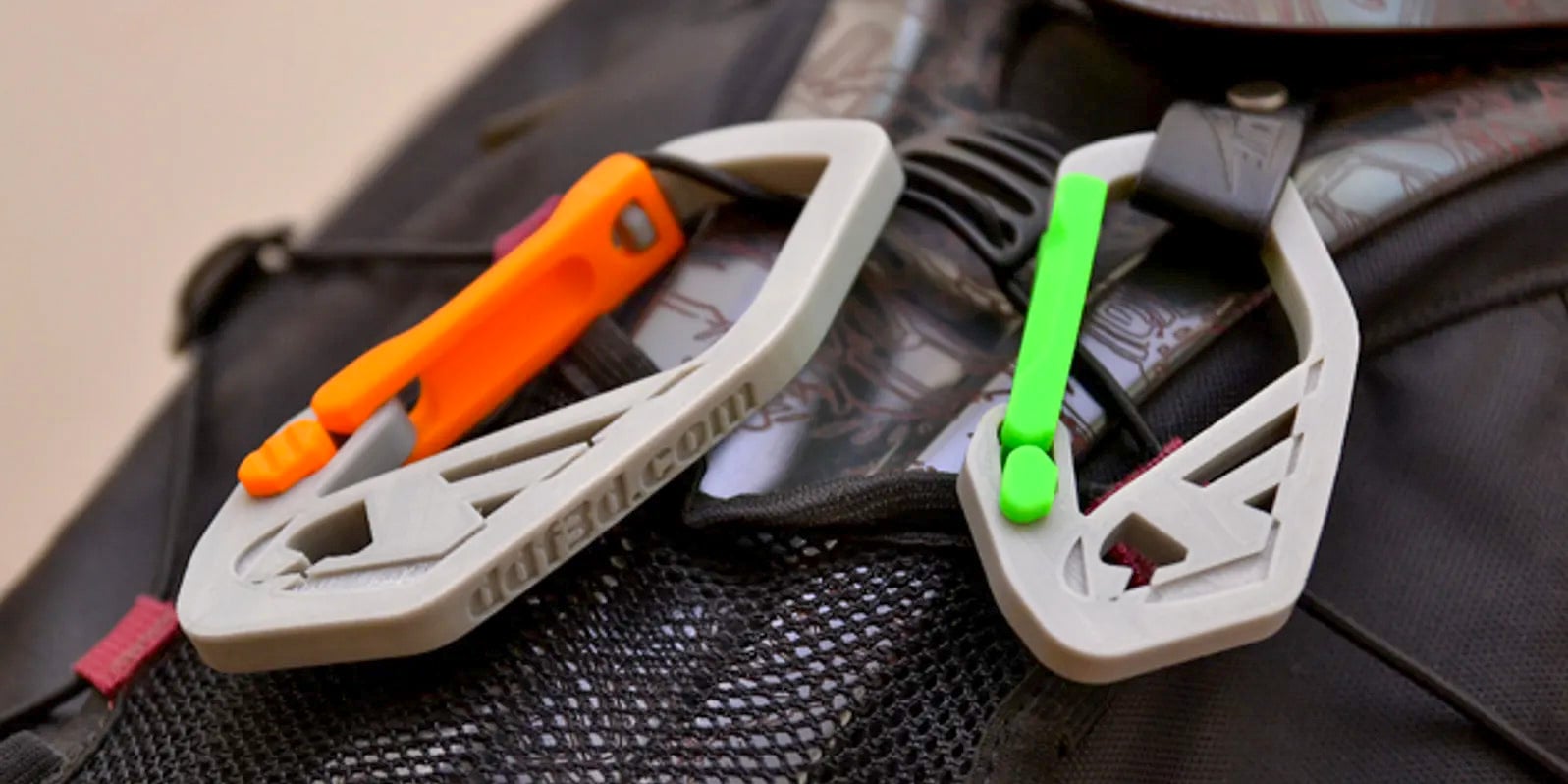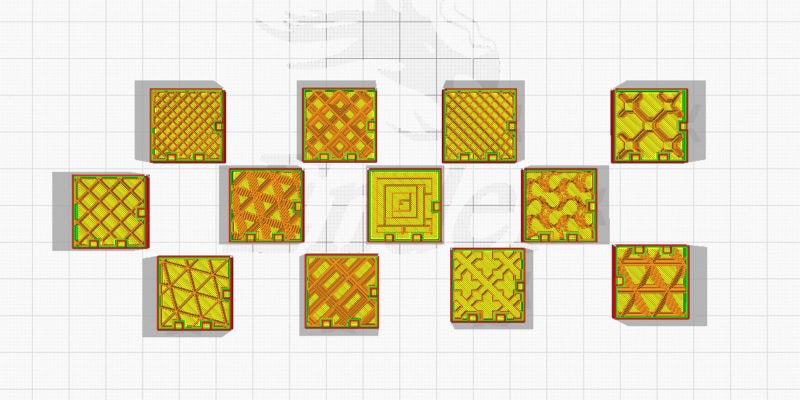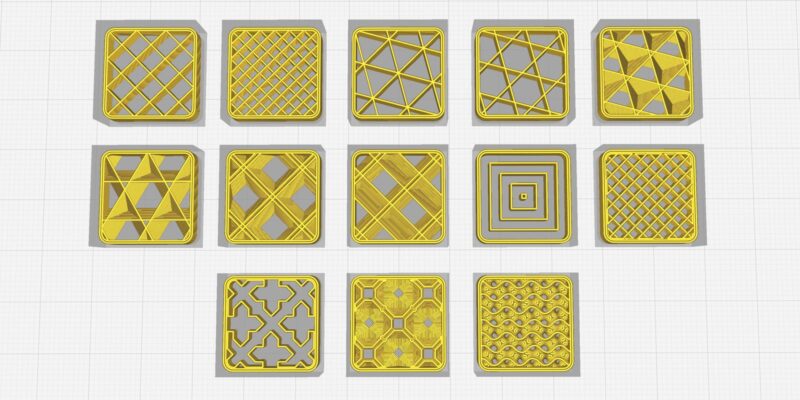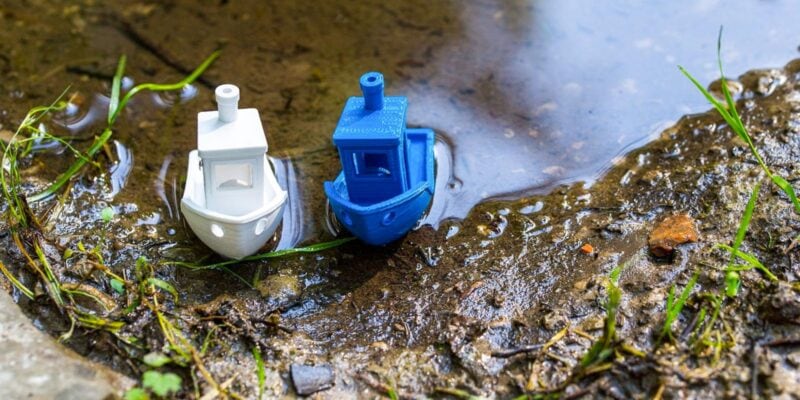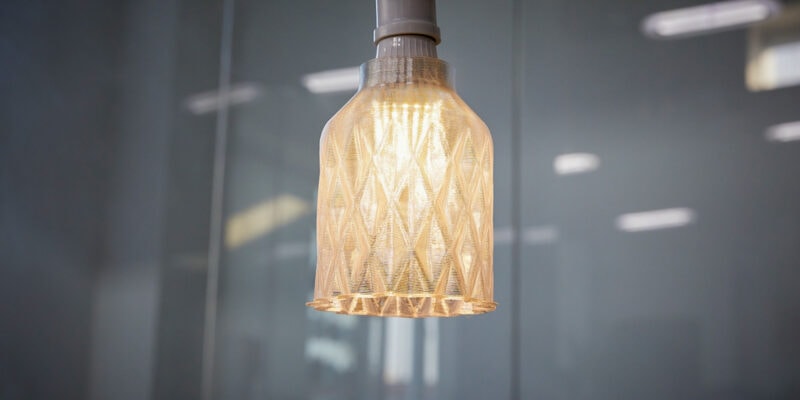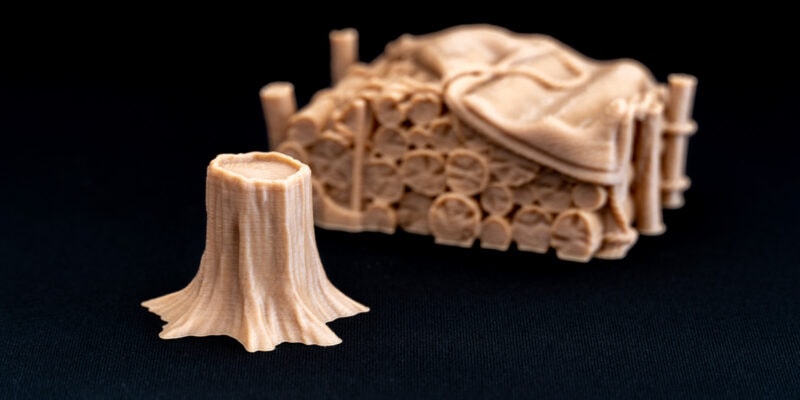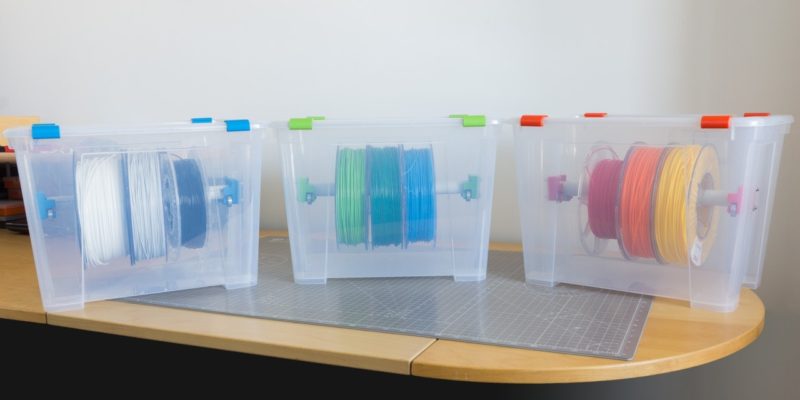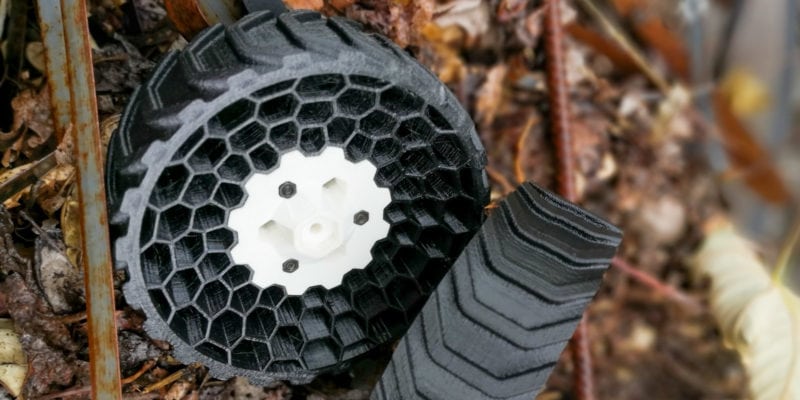PEEK is the strongest 3D printer filament with an ultimate tensile strength of more than 7250 PSI. However, because PEEK requires high printing temperatures, Polycarbonate filament is an often preferred alternative that also offers high strength to your 3D prints.
The strength of your 3D printed part greatly depends on your filament material. In critical load-bearing applications, you must choose a strong 3D printer filament that is able to resist deformation. Knowing the strength of popular filaments will help you make better decisions in your designs and select the best material for your parts.
In this article, we’ll look at six different filaments and compare their strength and mechanical properties to determine which is the strongest 3D printer filament. We’ll also provide some tips on how you can use these filaments to create strong, long-lasting 3D printed parts.
What Types of Strength are There?
Tensile Strength
The tensile strength indicates the material’s ability to withstand deformation when stretched. It is used to test the strength of any material, and in our case, the strength of the 3D printed model. Tensile strength gives you an idea about how far you can load an object before it fails.
For example, the tensile characteristics of a carabiner will let you know if it’s safe to use for mountaineering. The strongest 3D printing filament should have a high tensile strength so that your models don’t fail or break easily.
PEEK, Polycarbonate, and Carbon fiber-infused filaments have some of the highest tensile strengths and are strong filaments apt for load-bearing applications.
Impact Resistance
Impact strength is the measure of a material’s ability to withstand an impact without breaking or fracturing. The higher the impact strength of a filament, the less likely it is to break or fracture when subjected to sudden stress.
Polycarbonate, Nylon, and PEEK are all examples of 3D printing filament with excellent impact resistance. These materials can bear high sudden loads before they fracture and fail. These materials are typically used for tool housings, safety boxes, eyeglasses, and safety equipment.
Other Considerations
Chemical Resistance
Chemical resistance matters when your application involves chemical liquids and a harsh environment. Nylon and Polycarbonate have excellent chemical resistance. They’re useful for 3D printing objects that will come into contact with harsh chemicals. ABS is also resistant to some chemicals, but not as much as nylon and polycarbonate.
UV Resistance
Outdoor applications demand a 3D printer filament with high UV resistance. The UV exposure from sunlight weakens the material’s bonds and can cause your parts to fail. 3D printing filaments like ABS, ASA, and Nylon are most resistant to UV light. These are the ones you want to use for outdoor functional applications.
Temperature Resistance
High-temperature applications will need 3D printing filament that does not soften at those temperatures. The strongest filament for these applications needs to have high heat resistance, as it must be able to perform under extreme conditions without any failure.
Nylon, PEEK, and Polycarbonate filaments have more heat resistance than other filaments, but keep in mind that they do need to be 3D printed at higher temperatures than others. This means you need to make sure that your 3D printer hot end can handle these temperatures.
What is the Strongest 3D Printer Filament?
Polycarbonate

Polycarbonate (PC) is known for its high-impact resistance, excellent toughness, and temperature resistance. It is one of the strongest filaments with transparent and lightweight qualities. A 2020 study concluded that polycarbonate filament has an Ultimate tensile strength of over 5200 PSI, making it one of the strongest 3D printer filaments on the market today.
Polycarbonate filament has good chemical and UV resistance too. Moreover, it can withstand high temperatures of up to 140 °C before softening. It is even used as an additive to enhance ABS filament’s properties to a great extent. Combined, these characteristics let you print protective equipment, medical instruments, and functional prototypes.
Yet, PC filament is tough to print, warps easily, and can absorb moisture from the air. To deal with this, an enclosed 3D printer and proper filament storage are recommended.
Deal with these challenges successfully and you can enjoy Polycarbonate as the strongest 3D printer filament for durability and high-temperature applications.
Nylon
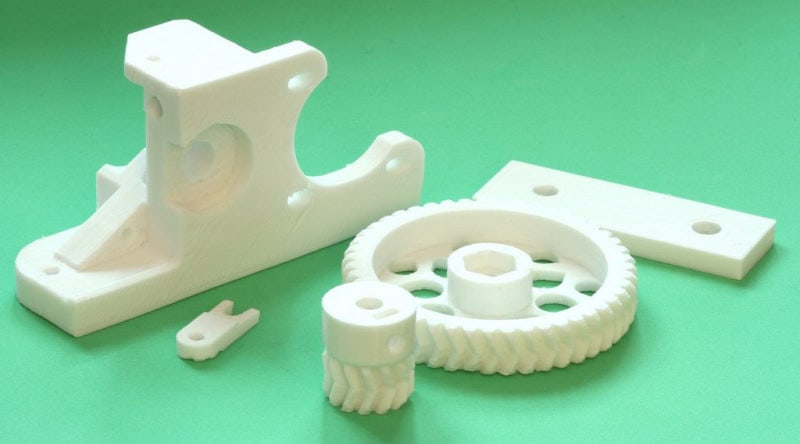
Nylon filament belongs to a class of Polyamide plastics. They’re known for their excellent mechanical strength and low coefficient of friction. Nylon is a common material in SLS 3D printing, but there are also plenty of FDM Nylon 3D printers that you can use to successfully 3D print with this material.
BCN3D’s testing of Nylon filament showed an impact strength of approximately 75 kJ/m2. This is higher than PLA, ABS, and PETG, making Nylon filament one of the best 3D printer filaments for high-impact applications. The low coefficient of friction and its high impact-resistant nature make Nylon a perfect material for gears, machine parts, hinges, and jigs and fixtures.
The downside of Nylon filaments are their hygroscopic nature and a tendency to warp easily, similar to Polycarbonate filament. You need a finely controlled printing environment to ensure that you can print Nylon without problems.
ABS
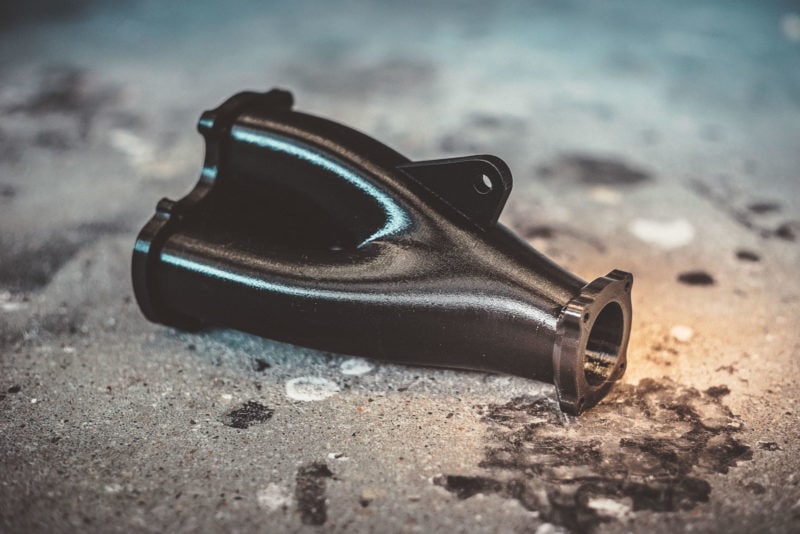
Acrylonitrile Butadiene Styrene (ABS) filament was one of the earliest 3D printing thermoplastics. It is still a relatively widely used material due to its versatility and low price, but both PETG and ASA filament are starting to be favored more and more over ABS because of their superior properties.
A 2019 study shows that ABS has an ultimate tensile strength of more than 4500 PSI. This gives ABS a lower tensile strength than polycarbonate filament, but its relative ease of printing and accessibility can still make it a better choice.
You can use ABS for functional prototypes, boxes, and automotive components. Its high melting temperature allows for better heat resistance than other 3D printing filaments. This is important for applications where the product needs to withstand higher temperatures, such as in a car that’s exposed to direct sunlight.
You can post-process your ABS 3D printed parts using Acetone. It’ll give your parts a smooth surface finish with a glossy look. This makes ABS filament suitable for printing aesthetic models and figures.
But, like other high-temperature thermoplastics, ABS filament tends to warp easily. Although you can print it on most budget 3D printers, it helps if you 3D print ABS filament inside of a 3D printer enclosure. This helps with containing 3D printing fumes as well, a common problem with ABS filament.
TPU
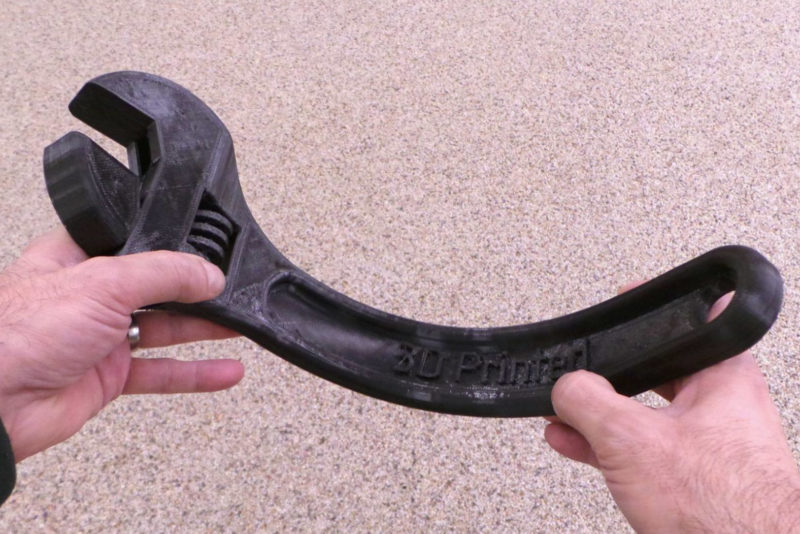
TPU (Thermoplastic Polyurethane) filament is a flexible filament with excellent toughness and impact resistance. Its flexibility depends on the blends of materials. It can be varied by the manufacturer to offer high rigidity or high elasticity.
Devin from Make Anything tested various brands of TPU filament. He concludes that many TPU filaments can withstand high loads before they break. It is resistant to wear and tear due to abrasion and exhibits strong chemical resistance. It is suitable for printing protective gears, phone cases, prosthetics, and even footwear.
TPU prints at lower temperatures and doesn’t need high-end 3D printers. But the flexible nature of TPU makes it difficult to 3D print with Bowden extruders. You need to print it at slow speeds to ensure that you do not jam the hot end. Another important thing to pay attention to is that setting a higher infill value with TPU parts will lead to stiffer 3D printed parts, and vice versa.

PEEK

PolyetherEtherKetone (PEEK) is the strongest 3D printer filament with a tensile strength of about 7250 PSI. PEEK is a strong filament with about 50% more strength than Polycarbonate. It makes PEEK a high-performance thermoplastic suitable for some very particular high-end applications.
PEEK also has an excellent strength-to-weight ratio. Its Young’s modulus is like that of a human bone, making it apt for medical applications. Its lightweight nature and high-temperature resistance are useful in aerospace industries. PEEK is used to print structural components and heat shields in these fields.
PEEK filament is a high-temperature thermoplastic and needs a specific printing setup to print well. It is also expensive compared to other thermoplastics and not easily accessible.
Usually, PEEK is reserved for industrial applications. However, with the right 3D printer and proper setup, you can achieve great results with PEEK at home.
Composite Materials
Carbon Fiber

Carbon fiber is used to add strength to various 3D printer filaments, like PLA, Polycarbonate, PETG, and Nylon. The resulting material consists of filament with short fibers of carbon ingrained. This increases hardness and abrasion resistance. Compared to parts printed with regular filament, carbon fiber filament parts can be made more lightweight and with increased stiffness.
Carbon fiber-infused Nylon filaments have high hardness. But the tensile strength remains like a regular Nylon filament. The increased hardness makes it suitable for machine parts and structural components. Typical applications would include 3D printed drone frames, tools, and support structures.
Because Carbon fiber has a high hardness and you will need stainless steel or a ruby-tipped nozzle. Regular bronze 3D printer nozzles will wear out in no time.
It is also recommended to print carbon fiber-infused filament at low speeds. This reduces the chances of clogs and offers a more consistent print quality.
Polycarbonate Blends
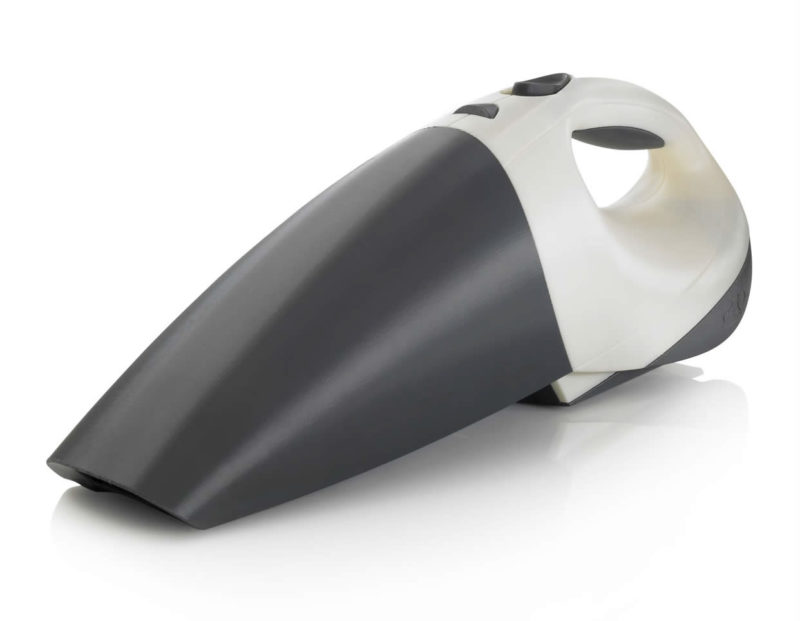
As stated earlier, Polycarbonate has excellent toughness and is resistant to impact loads. It is not easy to 3D print, however. This is why many users cannot take advantage of the material’s properties. To overcome this, filament manufacturers introduced Polycarbonate composite filaments blended with ABS materials.
In the Polycarbonate study mentioned above, researchers also tested a PC-ABS blend filament. They found that it has a significantly higher tensile strength of upwards of 6000 PSI, compared to ABS’s 4500 PSI. This means that the parts produced using PC-ABS filament can deform more before failure, giving PC-ABS filament an edge over regular ABS filament.
Polycarbonate also increases the part’s chemical and high-temperature resistance. This blend is an excellent alternative if you need high-strength parts that are easy to print.
What is the Strongest 3D Printer Resin?
3D printer resin is inherently brittle and breaks easily under the slightest loads. A lot of resins are catered toward 3D printing miniatures and other small, high-detailed models that do not require a lot of strength. Some resins, like tough and engineering resins, are specifically formulated for high-strength applications.
In his video experiments, Stefan from CNC Kitchen conducted tests on various resin materials. He found that Siraya Tech Blu tough resin exhibited increased toughness properties. The strength of the printed parts was like ABS and PETG 3D prints with excellent layer adhesion.
Regardless of which strong 3D printing resin you choose, you will need the best resin 3D printers to get the highest-quality 3D printed parts.
What is the Most Durable 3D Printing Material?
The most durable 3D printing filament is polycarbonate. It has a high degree of toughness and resistance to wear, making it perfect for use in a wide range of applications. It also has a high resistance to impact, and is resistant to UV rays, making it ideal for use in 3D printing applications that require durability and toughness.
What Filament is Stronger Than PLA?
There are a few different filaments that are stronger than PLA. One of the most popular is PETG, which is a strong and durable plastic that is ideal for prototyping. Polycarbonate and PEEK are also both very strong materials that are often used for industrial applications.
Which is Stronger, PETG or ABS?
Comparing PETG vs ABS, if we’re talking about overall filament strength, then PETG is the stronger 3D printer filament. It has a higher ultimate tensile strength and lower Young’s Modulus (which measures rigidity), meaning that it can resist external forces better. So if you need a material that can withstand a lot of wear and tear or impact, PETG is the better choice.
Is ABS or PLA Stronger?
PLA is a stronger 3D printer filament than ABS. However, the lower melting temperature of PLA makes it unsuitable for some applications. PLA is also more brittle than ABS. Depending on your application, one or the other may be better suited.
For example, if you need a strong, rigid material that can withstand high temperatures, PLA wouldn’t be a good choice. On the other hand, if you need a material that’s easy to work with and doesn’t require high temperatures to melt, PLA would be a better option.

Is PLA or Resin Stronger?
Parts that are printed with popular 3D printer filaments, like PLA, ABS, PETG, and Nylon are nearly always stronger than those printed with resin. Not only do they have higher tensile filament strength, but they also are more resistant to impact.
Resin 3D prints are notoriously brittle, and unless you are 3D printing with specially formulated strong resin, you will find that your FDM printed parts have higher strength.

Conclusion
The studies mentioned above and test results prove that PEEK is the strongest 3D printer filament. It has an excellent strength-to-weight ratio and is suitable for high-performance applications. It is expensive and not easily accessible, limiting it for special industrial applications.
Polycarbonate, Nylon, and composite filaments like Carbon fiber-infused filament are the other alternatives. They show a high level of strength for many applications. These strong filaments have excellent stiffness and toughness while printing with relative ease. They’re more suited toward prosumer applications and are available in various mixes.
Which one do you think would give you the best strength for your applications? Let us know your experience with these filaments. If you have anything else to add, feel free to comment below.
